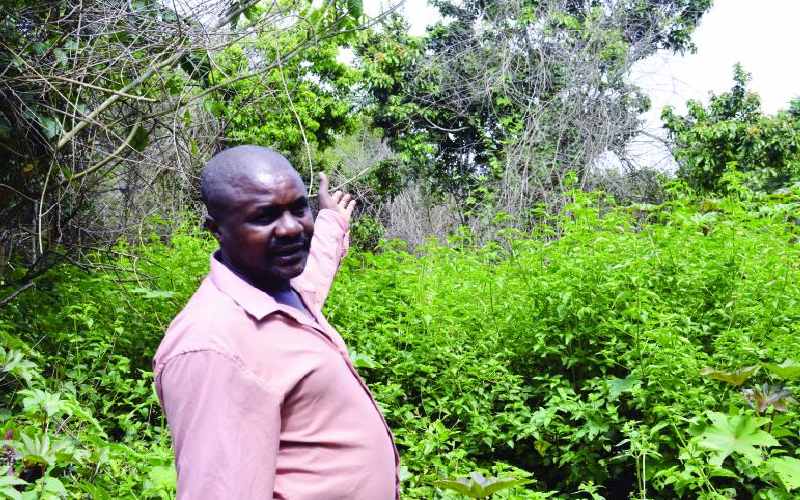×
The Standard e-Paper
Stay Informed, Even Offline

John Mwithimbu shows the extent of destruction caused by Lantana camara in Imenti forest. [Caroline Chebet]
For years, Mt Kenya forests, the country’s main water tower, have struggled against degradation caused by illegal logging.